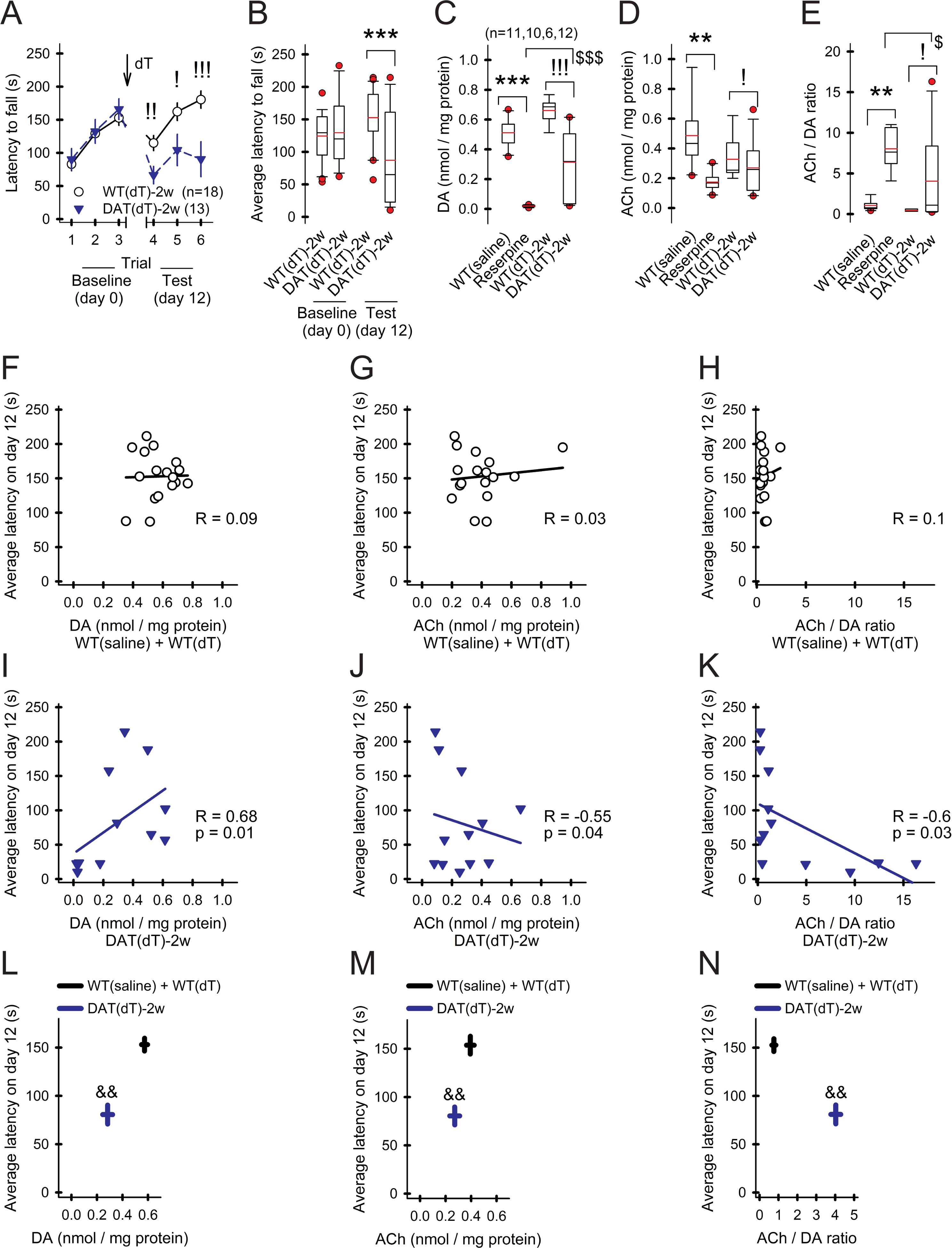Figure 6. Motor performance is dependent on DA and ACh availability.

A) The latency to fall from an accelerating rotarod increases over three consecutive trials. Motor learning is poor in DATdT-2w mice. For all panels, n=mice. B) The average latency to fall from the rotarod is reduced in DATdT-2w mice. C) Striatal DA content is depleted 12 hr following reserpine and is moderately reduced in DATdT-2w mice. D) ACh content is reduced in reserpine and DATdT-2w mice. E) The ACh/DA ratio is increased in DATdT-2w mice and rises further in reserpine mice. F) Latency to fall in control mice shows no correlation with striatal DA content, G) ACh content, or H) the ACh/DA ratio. Lines in panels F-K, linear regression. I) For DATdT-2w mice, the latency to fall positively correlates with striatal DA content and J) negatively correlates with ACh content and K) the ACh/DA ratio. L) The plot compares the latency to fall with DA content, M) ACh content, and N) the ACh/DA ratio. Bars, SE; &&p<0.01, 2-way rm-ANOVA.
